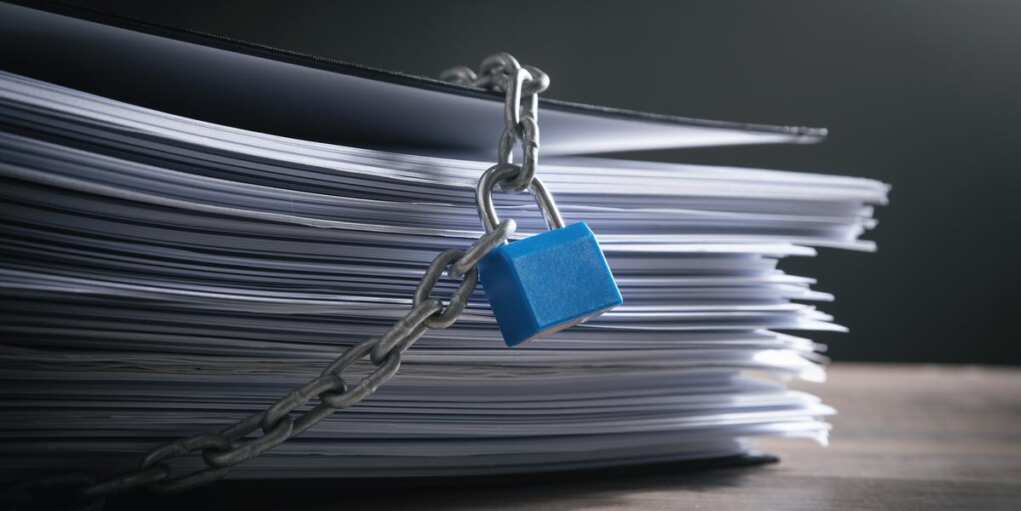New JFK Files Drop—But the Cover-Up Is Still Alive and Well

For a government supposedly committed to transparency, the latest JFK document release feels more like a calculated dodge than an act of disclosure. The March 2025 dump of assassination-related records revealed almost nothing new about the murder of President John F. Kennedy — and everything about how far the CIA was willing to go to protect its secrets.
That alone should raise red flags.
We’re told the files were held back to guard “undercover operations.” But decades have passed. The Cold War is over. Most of the people involved are dead. And yet, the veil remains. Why? If Lee Harvey Oswald really acted alone, why does the federal government still treat the JFK assassination as a national security emergency?
Paul Gregory, in his Fox News op-ed, insists we’ve exhausted every angle. He recycles the Warren Report’s conclusions and scoffs at “whispered conversations” and “supposed deathbed confessions.” But he conveniently ignores the mountain of inconsistencies that still don’t add up — or the fact that the CIA has repeatedly lied about its knowledge of Oswald’s activities.
Gregory wants to frame Oswald as a misfit loner who didn’t need help — but this is a man who had defected to the Soviet Union, returned to the U.S. under suspiciously lenient terms, had known FBI and CIA files, and made unexplained trips to Mexico City to visit both Cuban and Soviet embassies just weeks before the assassination. Does that sound like a random nobody?
We’re also expected to believe Oswald brought down the leader of the free world with a cheap mail-order rifle from a rickety window ledge, all by himself, despite witnesses reporting shots from the grassy knoll, and medical evidence that never quite matched the “lone gunman” theory. If this case were presented in a court of law today, it would never pass muster.
Then there’s Jack Ruby.
Gregory says Ruby — a man with known ties to organized crime — just happened to stroll into a highly secured police station and shoot Oswald at point-blank range, all out of love for Jackie Kennedy. Please. This was a man desperate, erratic, and likely tied to bigger players than he ever admitted. The idea that Ruby silenced Oswald as a patriotic gesture strains credulity.
And let’s not forget: Oswald had already been talking to authorities for nearly two days. If there really were “puppet masters,” wouldn’t they have acted faster to shut him up? Maybe — or maybe Ruby was the desperate Hail Mary when it became clear Oswald wouldn’t make it to trial. Either way, his actions conveniently erased the only man who could have named names.
We’ve been fed the same sanitized story for six decades, but each time more information leaks out, it only deepens the mystery. Gregory dismisses theories about CIA, Mafia, Cuban, or Soviet involvement, yet those same agencies pop up in every serious investigation. If Oswald was such a loner, why was he in contact with so many geopolitical hotspots?
Gregory ends his piece by saying the public’s rejection of the Warren Commission fueled mistrust in government. He’s right — but not in the way he means. Americans distrust the official story because it was a patchwork of omissions, half-truths, and unanswered questions. That mistrust isn’t irrational; it’s earned.
We don’t need another book defending the “lone gunman” narrative. We need real transparency — not selective releases, not redacted files, not PR spin. Until the full story is on the table, the American people are right to suspect there’s more to the JFK assassination than a single angry man with a rifle.
Because the cover-up, as always, speaks louder than the crime.
